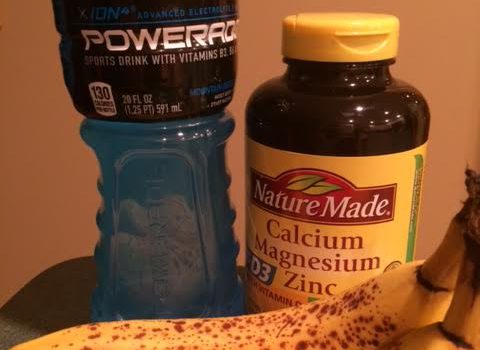By: Dale J. Buchberger, PT, DC, CSCS, DACBSP
For years we have heard that the cure for many ailments is “diet and exercise”. The problem with this simple statement is that it never explains how much or what type of exercise and the entire concept of diet can mean different things to different people. Recently states and schools have begun making an attempt to modify the diets of students by limiting calories of school lunches. The main ailment we are talking about is obesity. It is the central ailment that breeds many other disorders such as type-II diabetes, cardiovascular disease, high blood pressure, kidney disease, arthritis, etc.
The key to explaining the “diet and exercise” equation is education. Unfortunately, educating the population on “diet and exercise” requires what I call a top-down, bottom-up approach. Adults unfamiliar with proper ways to eat and exercise need the same education as children and teenagers. This is the first way to break the cycle of obesity. The education must, however, explain the “why” of diet and exercise not just the “how”. Whether it is a patient, family member, or a friend I have found that they are more compliant with recommendations when they understand “why” and not just “how”.
The term “diet” in today’s world is commonly used to imply “restriction” of calories. In actuality it really means, “What does your daily consumption consist of?” Total calories are tied to their contents. If the diet is made up of poor quality foods it is usually of higher calorie content. Diets composed of higher quality foods are usually of lower total calories. And as is commonplace, it is cheaper to eat badly and more expensive to eat healthy.
Why do we eat the way we do? Simply put our history dictates our eating habits. For example, my parents were raised in the depression era. Consequently, many of our meals came from that period because they were inexpensive to make and could feed several people for several days. The intangible is that we were also more active in our daily lives. We worked harder with our bodies and burned the carbohydrate-based meals (bread, potatoes, pasta, rice, etc.). Because of technology many of us are glued to computers reducing our daily activity level. Breaking these habits is very difficult and a large part of our daily intake is due to habit.
Eating healthy is not only expensive it requires work. Once you get into a new habit of eating healthy it is actually much easier than eating unhealthy because you have fewer choices. For example, if you were to switch from the current “American diet” of processed prepared boxed foods that are composed of sugar, salt, fat, processed bleached flour and hormone injected meats or farm raised fish to the Paleo-diet (thepaleodiet.com) your choices would be reduced to anything you can “grow or kill”. I know that sounds a little harsh, but it is the nuts and bolts of it. How does the “American diet” influence body composition? Everything in the current American diet can be found on a list of things to avoid if you have type-II diabetes, high blood pressure, are over weight, etc. This diet has been implicated as the so-called “inflammatory diet” resulting in chronic inflammation and chronic pain. The “American diet” is also designed to maximize taste and not function. I try to explain to the athletes I work with not to focus on taste but focus on what the food is doing for you. Is it helping you build muscle, recover from a hard workout, prepare for a big meet or game?
Diet also includes what you drink. Soda is one of the worst things in the world. Carbonated drinks rob the body of calcium and add empty calories. Water is simply the best thing you can drink. How much? Approximately 60% of your body weight in ounces. If you weigh 150 pounds then you should drink 90 ounces of water per day.
The exercise component is a bit easier. In order to improve cardiovascular health you need to walk 12-20 minutes a day 4-5 days/week. To lose weight or alter body composition you need to walk 30-45 minutes 4-5 days/week. Adding resistance exercise will build muscle and increase your metabolism adding to the weight loss. If you perform resistance exercises two days per week and walk 4-5 days per week while modifying your food intake then weight loss is achievable.
Eating and exercising like anything else is a life style choice. Eating a healthy diet should not be confused with eating a “survival diet”. Exercise is also a lifestyle choice and it doesn’t mean having to go to the gym. It means if you have time to watch Dancing with the Stars or Monday Night Football then you probably have the time to go for a walk!

